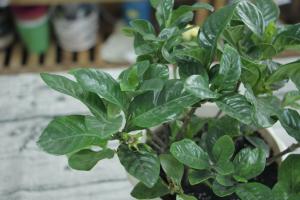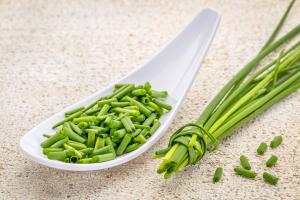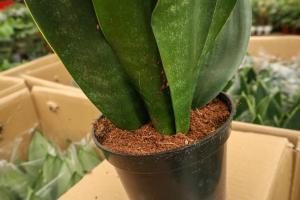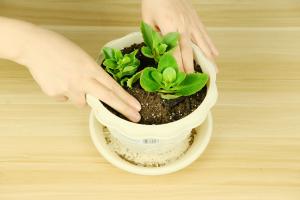Introduction
When it comes to landscaping, olive trees are a popular choice due to their stunning visual appeal and exceptional versatility. However, to fully maximize the aesthetic value of these trees, planting at the base is just as important as the tree itself. In this guide, we explore what to plant at the base of an olive tree to create a stunning Mediterranean garden.
Consider the Growing Conditions
Before planting anything, it is crucial to consider the growing conditions at the base of your olive tree. Olive trees prefer well-drained soil and full sun exposure, meaning that plants that thrive in similar growing conditions will make excellent options. Additionally, make sure to choose plants that do not have invasive root systems that may harm the olive tree's roots.
Plant Options
Now that you know the growing conditions of an olive tree's base let's explore some plant options that could look great around it! One excellent choice is thyme. This Mediterranean herb thrives in similar growing conditions as the olive tree and releases a lovely fragrance when footsteps brush against it.
Another option to consider is lavender, which requires excellent drainage to survive and will add a lovely purple hue to the base of the tree. As with thyme, it presents a pleasant scent and goes well with the olive leaves' gray tones.
If you fancy something more colorful, choose flowers such as chrysanthemums that complement the olive tree's green leaves. Alternatively, you could consider planting nasturtiums, which come in radiant colors and will not harm the tree's root system as they do not have invasive roots.
The benefits of Companion Planting
Companion planting is planting specific plants together to provide growing benefits to each other. In the context of planting at the base of an olive tree, certain plants can help with pest control or retain moisture that can benefit the tree. An excellent example is planting garlic at the base of the tree as it can help deter pests that may harm the tree.
Borage is another plant species that favors olive trees growing conditions and is known to produce a sap that can keep the olive fly at bay. It also attracts beneficial insects such as bees and other pollinators, which can help the olive tree produce more fruit outside the blooming season.
Conclusion
In conclusion, planting at the base of an olive tree offers the opportunity to create a Mediterranean landscape that complements the tree's aesthetic value. The best plants to select are those that thrive in similar growing conditions, are aesthetically pleasing and do not harm the olive tree's root system. Companion planting could also be a great option by introducing plant varieties that can help with pest control or provide growing benefits to the tree. With the options provided above, you can create a stunning and colorful garden that complements your olive tree's visual appeal.

 how many times do yo...
how many times do yo... how many planted tre...
how many planted tre... how many pine trees ...
how many pine trees ... how many pecan trees...
how many pecan trees... how many plants comp...
how many plants comp... how many plants can ...
how many plants can ... how many plants and ...
how many plants and ... how many pepper plan...
how many pepper plan...
































